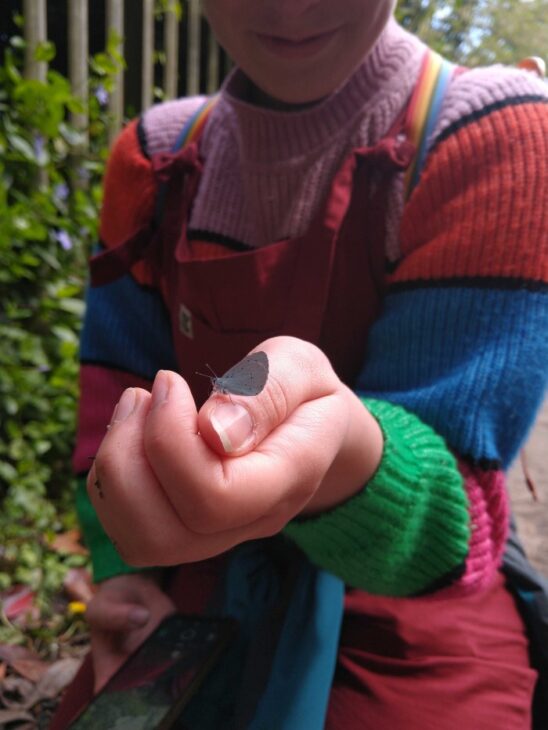Written by John Terenzini and Smriti Safaya, City Nature Challenge Research Team
Organising a City Nature Challenge (CNC) is a very rewarding experience. Bringing a wide variety of groups and individuals together for the common purpose of recording biodiversity to help address the need for more data about the world’s organisms, and spark an interest in nature, is an important and meaningful task. While the rewards are many, this task is also challenging, stressful, and can be intimidating for new organisers. Here, we hope to share some insights into organising a City Nature Challenge gleaned from surveys and interviews with CNC organisers in 2024 across the United Kingdom.
What are your goals for CNC?
To help new organisers or organisers who are looking for a new boost, our research has shown some key points that should be thought about before embarking on this purposeful experience. Before even starting the CNC process, organisers should think clearly about what their goals for the CNC are; whether these are personal goals and/or professional goals.
- Do you want to “win” the competition in one of the categories? Competition can be a powerful motivator for some.
- Do you want to use CNC to engage the general public in observing and appreciating nature? Having fun increases participation.
- Do you want to use a lot of observations for professional biodiversity recording and use by UK data centres?
It is important to clearly understand your own goals for CNC outcomes, because this will change how a CNC is organised and it will be vitally important to be able to clearly express these goals to potential participants. Once the goals for CNC are clear (it helps to write them out), then it is time to start the process.
Things to consider
When deciding to organise a CNC, new organisers need to realise the time commitment required to effectively perform the tasks to execute a CNC, especially if a city is participating for the first time and needs to build the initiative from scratch. Even in cities with a track record of doing CNC, there is a big time commitment required if one plans to host events as well as encourage partners to host events during the CNC. This may be as part of an organiser’s job, or may be entirely on their own time aside from their regular job.
Finding the right allies, such as previous CNC participants, existing ecological groups and professional ecologists, is a key component of running a successful CNC. What a “successful” CNC means is entirely up to the organisers and their goals. If the goal of one’s CNC is to have lots of observations, engaging specific highly motivated individuals, like professional ecologists who can make lots of observations, is a great way to increase the species count. If the goal is to have lots of participants engaging with nature, then a communication strategy focused on how fun and easy it is to participate in CNC to the broadest number of groups or individuals is helpful. It can be challenging to clearly communicate the goals of your CNC to the general public. Having and communicating goals clearly, and planning the outreach and communication strategy beforehand will lead to valuable contributions for biodiversity monitoring and public engagement with nature during the CNC.

There is a low barrier to entry but a hill to climb to run a successful CNC. It can be very easy to sign up with the global organisers and attend a few online meetings. However it can take a considerable amount of time if you are organising a CNC for the first time, or are in a new city, or have signed up a city that has never done a CNC before. The good news is that there are many keen groups and individuals ready to collaborate; you just need to be strategic about who to connect with (based on your goals for the CNC you are organising) and do so in January (gives plenty of time for development and planning). With many nature-based initiatives happening in Spring, you may find that other groups have their own green events happening during the 4 days of the CNC, which makes it easier to dovetail the CNC initiative into the events calendars of the organisations’ own communities. Widening participation to include underrepresented groups requires actively seeking ways to make engaging with biodiversity monitoring an inclusive experience. Create a buddy-system for those who are uncertain about interacting with nature or using the iNaturalist app with someone more comfortable in outdoor spaces and with using smartphone technology; include accessibility information for all events, consider language translation for the CNC promotional materials and communications, and involve organisations for well-being and health to promote the co-benefits of engaging with nature, while making biodiversity observations, to their communities.
A comprehensive report based on our research will be available in early 2025 to support organisers in creating effective CNC events.
